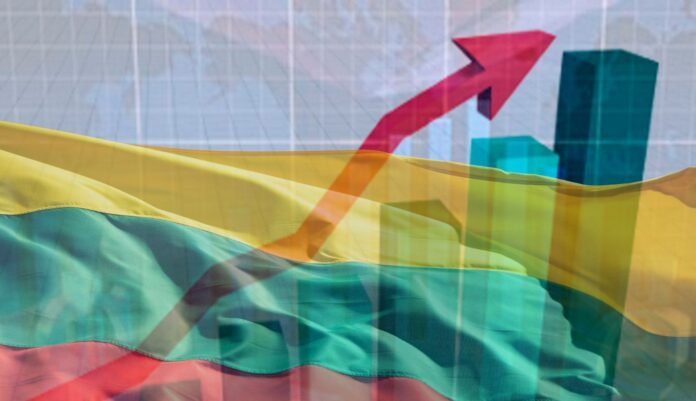
On the news website Emerging Europe, analyst Devin Haas writes that although it continues to struggle with inflation while adjusting to cutting Russia out of its energy mix, Lithuania is set for renewed, if modest, growth. Since the liberalization of its economy following the restoration of its independence in 1991, Lithuania has enjoyed massive growth – its gross domestic product grew 308% between 2000 and 2017. It has prominent biotechnology and laser industries, and the Lithuanian retail chain Maxima – which also has stores in Poland, Bulgaria, Latvia, and Estonia – is one of the largest employers in the region. “Its IT sector and start-up scene is strong, particularly in fintech.”

Nevertheless, the war in Ukraine and ensuing energy crisis have seen Lithuania experience among the highest inflation rates in the eurozone. A trade dispute with China brought about by closer Lithuanian ties with Taiwan has seen undeclared indirect secondary sanctions on product components made in Lithuania that threaten the unity of the European Union single market. GDP declined in the fourth quarter of 2022 and is expected to continue to decline in the first two quarters of 2023, economist Sebastian Leitner of the Vienna Institute of International Economic Studies told Emerging Europe. The good news is that numbers from January show Lithuanian exports and external demand from the EU at a stronger rate than expected, and in the third and fourth quarters of 2023, GDP growth will rebound enough to result in modest net GDP growth in 2023 of 1.3%. Growth is then forecast to climb to 2.8% growth in 2024 and 3% in 2025.
Lithuania ended the import of Russian energy last year, but despite its pre-emptive step to decouple from Russia, it has seen some of the eurozone’s highest inflation – reaching over 22% in September – driven by energy prices. While those are declining and the institute forecasts inflation in 2023 of 10%, commodity prices and wages are expected to rise more sharply than expected.
The influx of Ukrainian refugees into Lithuania has helped fill the demand for labour. Leitner estimates roughly half of the 70,000 Ukrainian refugees that have come to Lithuania have been integrated into the labour force – close to the similarly high rate in Estonia. New additions to the labour pool are good for Lithuania, whose population is aging at a rate above that of the EU average. The Organization for Economic Co-operation and Development (OECD) has recommended Lithuania link retirement age and life expectancy after 2026 to maintain the sustainability of its pension system. The author predicts that the next few years will see modest GDP growth and stagnation at worst. Outright recession will be avoided.
LRT.lt reports that although consumers are tightening their purses, which usually signals economic recession, the Bank of Lithuania is expecting the economy to grow. The central bank’s forecast has Lithuania’s GDP grow 1.3%, while next year’s growth is estimated at 3.2%. Gediminas Šimkus, chairman of the Bank of Lithuania, thinks that wage growth in Lithuania will outpace inflation, and 2023 will be a turning point for the economy. According to the forecasts of the Bank of Lithuania, average wages will rise by about 10% this year, while unemployment will remain low at 6.6%.





























